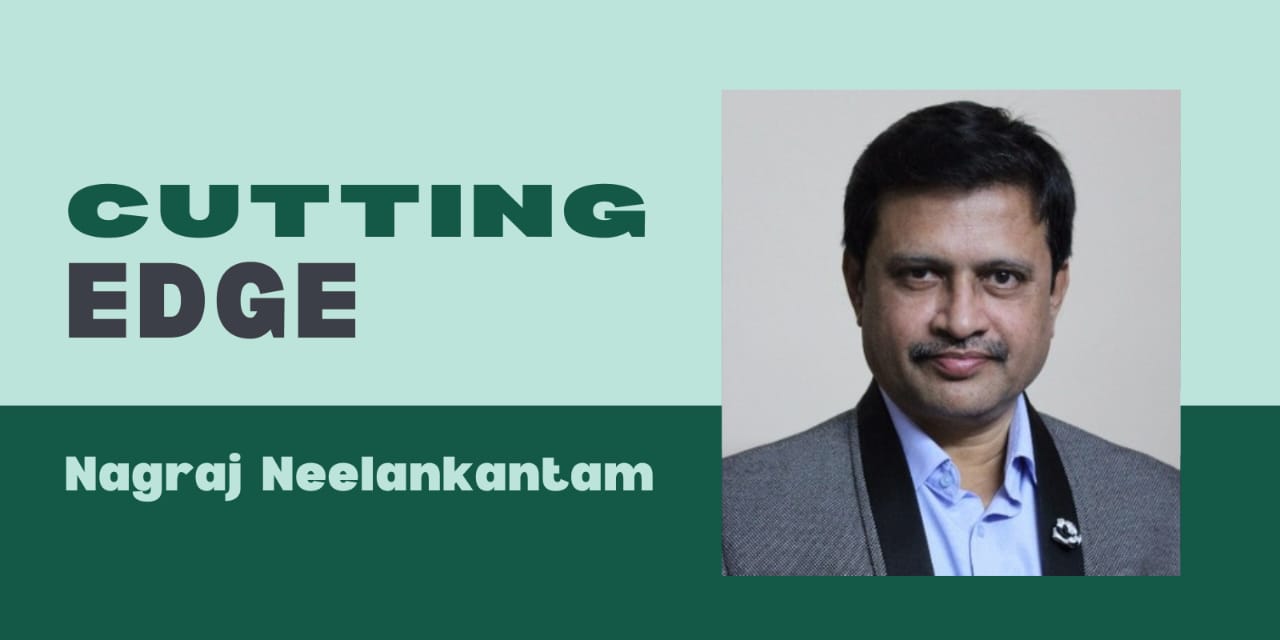India’s ambitious bullet train project linking Mumbai and Ahmedabad, launched in 2017, has faced significant hurdles. Originally targeted for completion by 2026, the project now faces uncertainty due to escalating costs and disagreements with Japanese contractors. In response, India’s Railways Minister, Ashwini Vaishnaw, has proposed a bold shift toward self-reliance, with plans to develop indigenous bullet trains using local technology and resources. This article delves into the project’s journey, challenges, and future outlook.
The high-speed rail corridor between Mumbai and Ahmedabad, spanning approximately 508 km, was announced to drastically reduce travel time and modernize India’s transportation infrastructure. Japan, with its Shinkansen expertise, was seen as the ideal partner. The initial plan aimed for speeds of up to 250 km/h, positioning India among global leaders in railway innovation.
However, challenges emerged as Japan’s leading rail manufacturers, Hitachi and Kawasaki, significantly raised their prices. Reports suggest that the cost per bullet train has surged to around ₹460 crore, which India’s Railways Ministry has deemed excessive. Japanese firms attribute these hikes to the need for adaptations to India’s climate, such as enhanced air conditioning, dust control, and heat resilience. These modifications have driven costs beyond initial estimates, jeopardizing project goals of efficiency and affordability.
In response to these escalating costs, India’s Railways Ministry decided to pivot toward self-reliance, spearheading efforts to develop domestically manufactured bullet trains. Led by the Integral Coach Factory (ICF), India’s indigenous railway production hub, the focus is on leveraging local engineering capabilities. The ICF has already proven its expertise with the successful Vande Bharat Express, a semi-high-speed train designed and produced domestically in just 18 months.

Unlike Japan’s Shinkansen, optimized for temperate climates, Indian trains must withstand extreme temperatures and significant dust levels. This necessitates robust air filtration and climate control systems. India’s indigenous designs, therefore, prioritize cost-effective solutions suited to local conditions—like replacing Japan’s vacuum toilets with simpler, more economical bio-toilets.
While the immediate focus remains on the Mumbai-Ahmedabad route, India has grander plans, including proposals for undersea tunnels potentially linking India with the UAE. Though these projects will require foreign expertise, they signal India’s intent to innovate in infrastructure and boost global connectivity.
This shift toward self-reliance aligns with the broader “Atmanirbhar Bharat” (Self-Reliant India) initiative, which seeks to reduce dependency on foreign technology. The government is confident that India’s transportation needs can be met through domestic manufacturing, reducing exposure to volatile international costs while fostering local industry.
Building a high-speed rail network from scratch presents both challenges and opportunities. While India’s Vande Bharat Express has laid a strong foundation, reaching the true high-speed capabilities of magnetic levitation systems will require significant research and development. However, the commitment to a domestically produced bullet train reflects India’s ambition to be a global player in high-speed rail.
The evolution of India’s bullet train project from an Indo-Japanese collaboration to a self-reliant initiative exemplifies the nation’s drive toward economic autonomy and technological independence. While challenges remain, India’s determination to develop its own high-speed rail system could inspire similar efforts across other infrastructure sectors. If successful, this initiative will mark a new era in Indian transportation, showcasing the strength of indigenous innovation.






